Filming in the Yucatan with producer Dominique Duneton
Dominique left France 20 years ago and has travelled the world extensively. She has been a model in Miami, a producer in Marrakech and a Managing Director in Montreal. She initially went to Mexico just to visit but was so taken by the locations on offer on the Yucatan peninsula that she decided to return to the industry and set up Yucatan Productions. She is now in her eighth year of producing in Mexico and regularly works with clients such as Pacifico Beer, Hewlett Packard, Alba Moda and C&A.
Tell me about the Yucatan
 The Yucatan is a peninsula in south-east Mexico between the Caribbean Sea and the Gulf of Mexico. The landscapes and the culture are very rich. You can see jungles, white sand beaches, old colonial cities, archeological sites and, an important feature of the region, haciendas dating back to the 18th Century.
The Yucatan is a peninsula in south-east Mexico between the Caribbean Sea and the Gulf of Mexico. The landscapes and the culture are very rich. You can see jungles, white sand beaches, old colonial cities, archeological sites and, an important feature of the region, haciendas dating back to the 18th Century.
The people are extremely friendly, warm and welcoming. Everything is done in order to facilitate the job of our clients; locate and secure locations, obtain any necessary permits, plan hotels, meals and transportation, locate crew, models or cast, provide translation or interpretation services, co-ordinate activities and assist in all other aspects of production. All my assistants speak at least three languages.
Which locations are most commonly used by producers when they film in Yucatan?
What attracts producers the most is the archeological sites. Who doesn’t know Chichen Itza? The amazing beaches of the Riviera Maya (Cancun, Playa del Carmen, Tulum) are also very popular, as well as the beauty of the colonial cities and the old haciendas.
What are the rare, more unusual locations in Yucatan that our readers would not necessarily associate with the region?
Many hidden treasures can be found. For starters there are the secret jungle ruins at Xpuhil. There are also the untouched cenotes (Kankirixche). These are caves with crystal-clear water where people can swim and even dive in long underwater tunnels. The mostly abandoned haciendas at Yaxkopoil are also impressive.
What has been your most difficult location assignment to date and why?
I had a production with a well-known beer brand recently. We had asked for a permit to film in an archeological site which was only reachable by boat and about an hour away from civilization. Once we were there we lost track of the time and the last boat had left without us. We had to sleep at the top of a pyramid in the jungle. Now I know why the Mayan people sleep in hammocks... snakes, tarantulas, scorpions, monkeys and jaguars also sleep in the forest.
What types of production do you work on most and what has been filmed recently in Yucatan?
Mostly TV and documentaries. Martha Stewart was here recently for a US TV show. I’m actually working right now with National Geographic from the UK.
Are there any tips you would like to share with our readers about filming in Yucatan?
Shooting in Mexico, especially in the Yucatan, is an easy thing to do. The people are very kind and sunshine is pretty much guaranteed. To shoot in Mexico just get in touch with your nearest consulate or Mexican embassy and ask for the documents for a temporary importation (ATA).
Which are the best airports to use when considering filming in Yucatan?
The Yucatan peninsula has two international airports: Cancun and Merida. Flights from all the biggest cities of the world come in daily.
What are the most film-crew-friendly hotels in Yucatan and what is your favourite wrap party venue?
What I prefer above all are small boutique hotels... they're the only way to have an excellent personalised service. In Tulum I love the Hotel Be Tulum and in Merida my all-time favourite is the Hotel Hacienda Merida.
When you are not location scouting or filming what do you do when you have time off and what would you recommend film crew and cast to do to relax in Yucatan?
Since I live in a hacienda 30 minutes away from Merida, when I don’t work I ride horses. I also go diving in cenotes, go see the flamingos in the natural reserve of Celestun, visit non-touristy archeological sites, or go diving in the coral reef of Cozumel.
If you were not a location professional what would you have done?
Being a Location Manager gives you the opportunity to travel all over Mexico, discover beautiful hotels, rare locations and meet people coming from all over the world to produce here. What could be better?
Related Posts
- Filming on location in Mexico with producer Jose Ludlow of Kinema Films
- Filming on location with the Mexico City Film Commission
- Filming in New Mexico with Locations Co-ordinator Don Gray
- Mexico defies negative press as commercials location filming thrives
- Speaking with Grant MacGadie, Director of Sales in Entertainment at Hilton
- Sleeping on location at the Sukhothai Bangkok Hotel
- Blue Note Productions develops 3D underwater camera for Mexican caves
- On location with Laura Thoel of Smuggler (LA)
Related posts:
Global Filming Incentive - Mexico (see more…)
Comments
Not Logged in
You must be logged in to post a comment
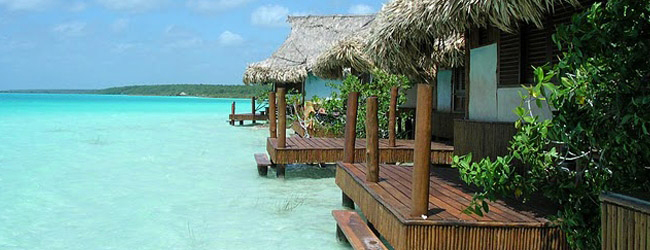

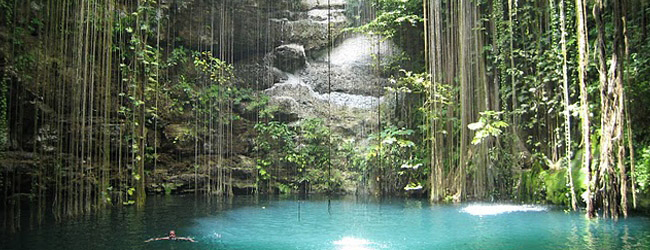
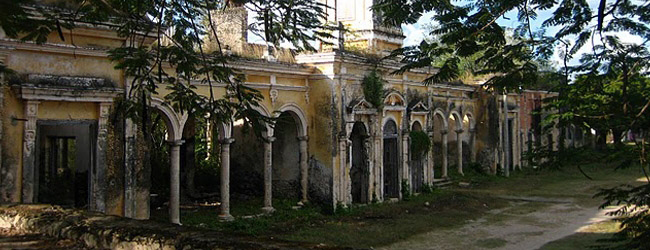

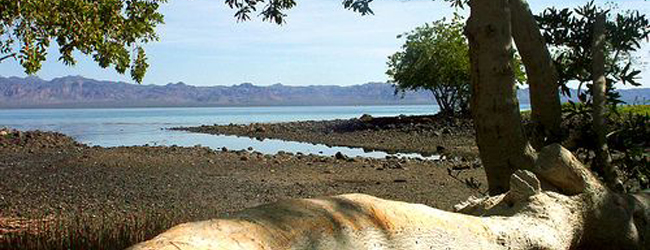

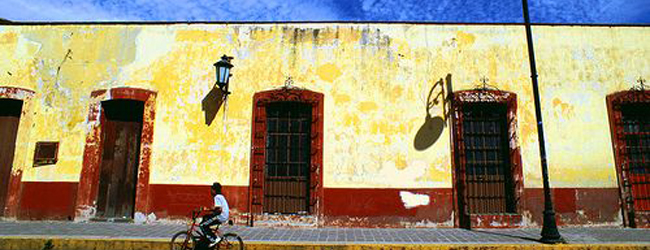
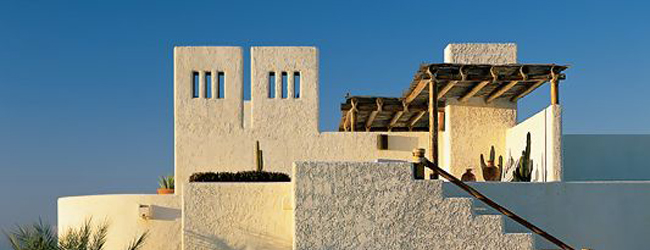
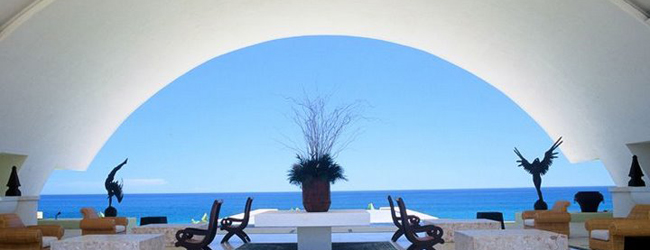
There are 2 comments